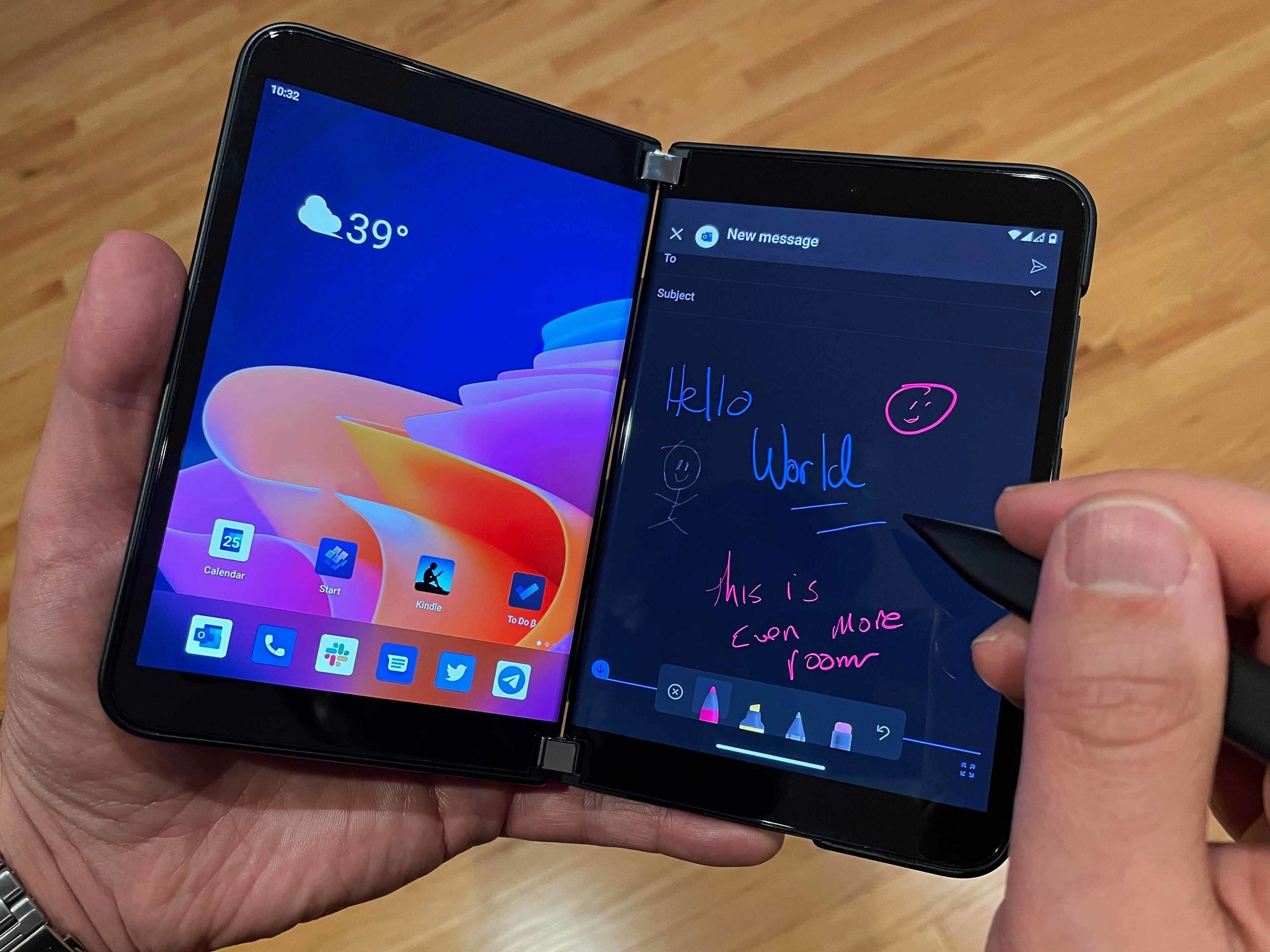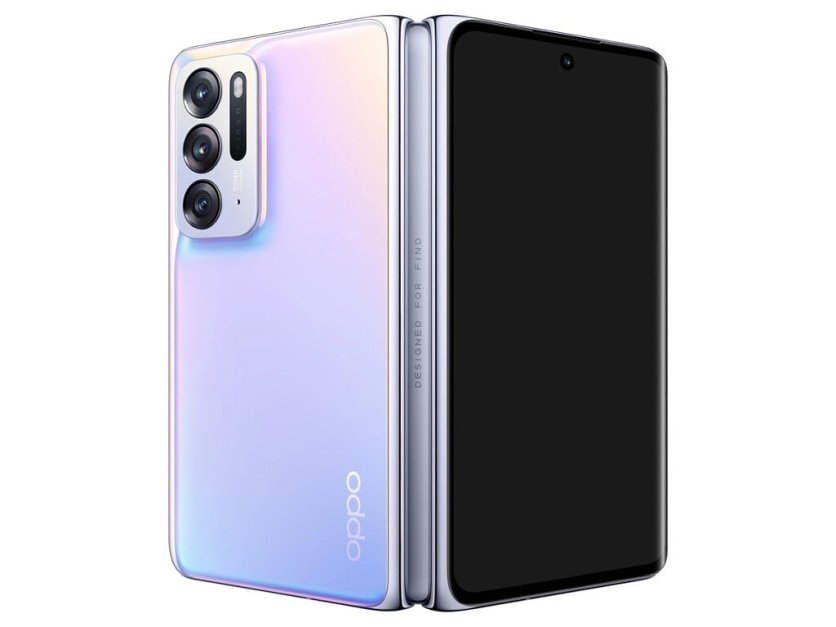OPPO's new Find N combines Galaxy Fold 3 and Surface Duo 2 concepts into one
A new foldable Android phone is hitting China, and it looks like the best of both worlds.

What you need to know
- OPPO has announced the Find N foldable Android phone.
- The design is like a combo Galaxy Fold 3 and Surface Duo 2.
- It's only available in China with no plans for the US.
The field of foldable phones is set to grow in the coming years, especially with Android 12L officially ushering in the new era of devices with adaptable displays. Today, China's OPPO has revealed its Find N, which looks like a Samsung Galaxy Fold 3 merged with the broader form factor of Surface Duo 2.
Our colleague in tech, Michael Fisher, aka MrMobile, got his hands on the new device and shared his thoughts about how the design evolves the foldable category.
The Find N, ahem, borrows a lot of similar design language from Samsung and "fixes" a lot wrong with that phone, including its more visible hinge and oddly tall displays.
The Find N features a 7.1-inch 1792 x 1920 (370 PPI) OLED main display featuring an Ultra-Thin Glass layer, a 120Hz refresh rate, and a peak brightness of 1,000 nits. Surface Duo 2, by comparison, has a larger 8.3-inch AMOLED display at a higher 2688 x 1892 resolution (401 PPI) but peaks only at 800 nits.
While the Find N is one giant inner display, with a swipe down from the top, it can split the display into two halves. That's something that Android 12L is expected to formalize in the OS itself instead of relying on OEM hacks to force it.
You can't reverse-fold the Find N for single-screen mode, either, but you don't need to as there is a 60Hz 5.49-inch OLED cover display, which can always be accessed.
The similarity to Surface Duo comes in is how much more expansive this phone is compared to Samsung's. It's not as broad as Surface Duo's dual displays but is, instead, somewhere in between the two of them. That makes it perhaps better for video and gaming. Still, you won't see as much content on each screen (when divided) compared to Microsoft's concept, which more closely resembles a moleskin notebook.
All the latest news, reviews, and guides for Windows and Xbox diehards.
There are a few tradeoffs, however, as well compared to Microsoft's concept.
There is no apparent pen support for the OPPO Find N, which is something that Microsoft is leaning more into as Surface Duo 2 (and Android) progresses. But Samsung has added the S Pen to the Galaxy Fold 3, so it is possible. However, questions remain about long-term durability due to the softness of the foldable screen (the Find N's is manufactured by Samsung).
The Find N is also substantially thicker than Surface Duo 2, coming in at nearly 16mm instead of Microsoft's much leaner 11mm. Most of that is because OPPO squished the design is more brick-like than spread out like Microsoft.
Both devices are not light, coming in at 275 grams for the Find N and 284 grams for Surface Duo 2, likely due to Microsoft's use of Corning Gorilla Glass on four panels instead of OPPO's use on just one.
Pricewise, the OPPO Find N comes in cheaper at 7,699 yuan (about $1,210) for 8GB of RAM and 256GB of storage, compared to Surface Duo 2's starting price of $1,499 for 128GB of storage and 8GB of RAM.
The real kicker: The OPPO Find N is only for China, with the company having no plans to bring it to the US or other markets. However, OnePlus, which often appropriates designs from OPPO, is now a sub-brand of the latter. That means Western markets may get a similar device later in 2022 should OnePlus take up the challenge.

Overall, the OPPO Find N is a welcomed addition to this new form factor for phones and mobile devices. Whether the design is better or worse depends on preference, which is how the market should work for these devices, akin to single-screen phones and the sheer variety there. (Microsoft claims, via its own unpublished research, that users prefer dual screens for productivity, and electroencephalogram (EEG) data reportedly backed this up.)
Hopefully, we'll see even more in 2022 from other OEMs as Android 12L becomes a reality.

Daniel Rubino is the Editor-in-chief of Windows Central. He is also the head reviewer, podcast co-host, and analyst. He has been covering Microsoft since 2007 when this site was called WMExperts (and later Windows Phone Central). His interests include Windows, laptops, next-gen computing, and wearable tech. He has reviewed laptops for over 10 years and is particularly fond of 2-in-1 convertibles, Arm64 processors, new form factors, and thin-and-light PCs. Before all this tech stuff, he worked on a Ph.D. in linguistics, performed polysomnographs in NYC, and was a motion-picture operator for 17 years.


